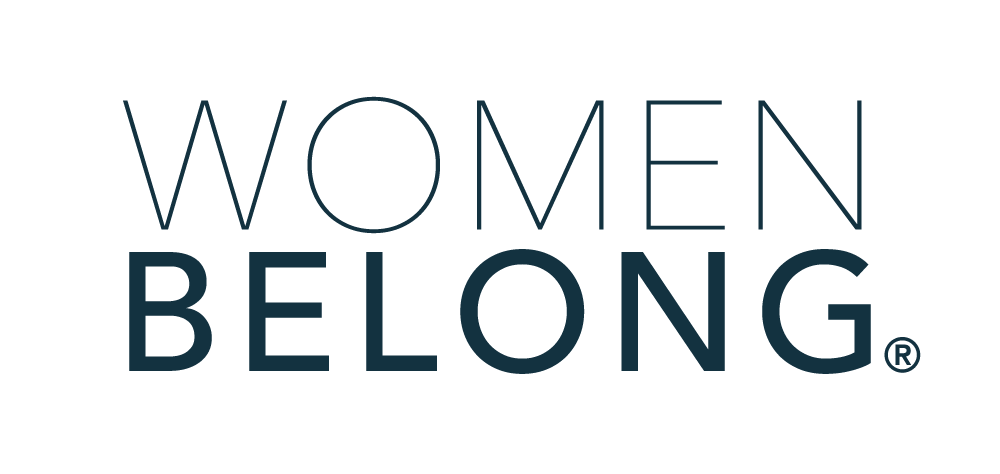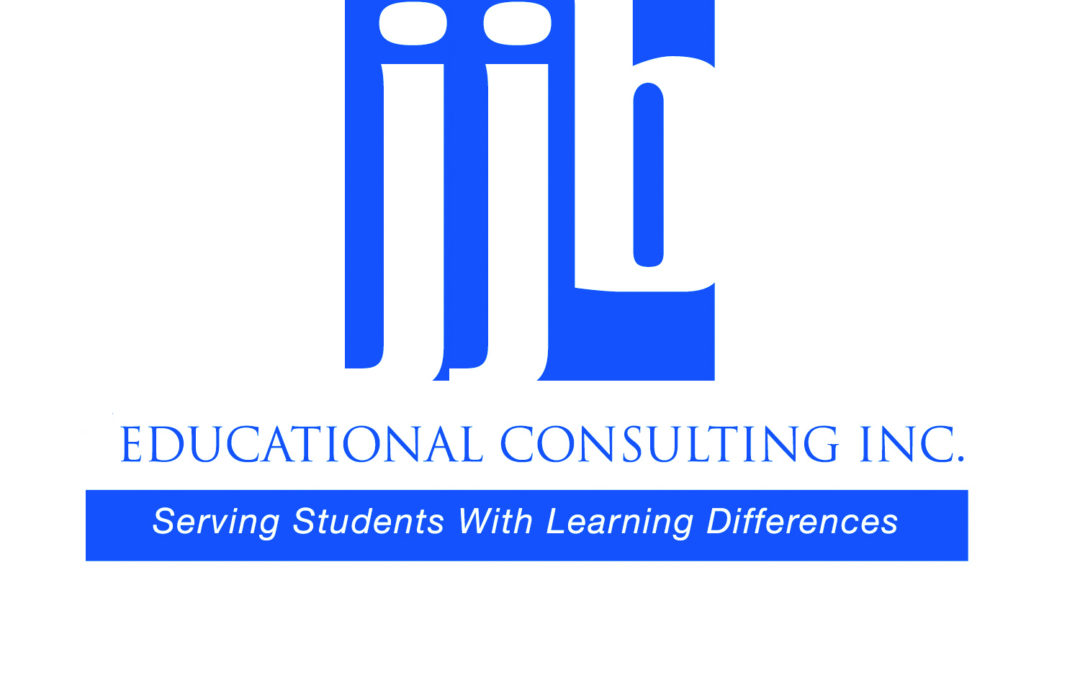The pandemic has thrown most colleges into a tailspin. Most are planning to reopen. But what JJB Educational Consulting is hearing is a mix of online and in-class learning. Seniors and freshmen will have priority for housing and classroom space. You might be living on campus but classes may be in person one day and online another.
The academic calendar might be changed. The second wave is predicted late fall so many colleges are starting earlier and canceling the fall break to end the first quarter or semester by Thanksgiving. Many schools are adopting the Block Plan where an entire class is given over three weeks. That way they can have a combination of kids on and off-campus.
Sports on campus may be canceled or played with no spectators. There are HUGE revenue makers for the bigger schools and will severely impact college finances.
Higher education has been one of the more severely impacted sectors by the COVID epidemic. Tuition and room and board has had to be refunded. There have been no summer programs. Schools have had to invest in online platforms for learning which is more lost revenue. Small colleges have programs on campus for high school kids in the summer which pay a lot of bills.
The pandemic has even deteriorated the financial outlook of colleges that have historically been cushioned by substantial endowments and strong enrollments. Nationwide, the number of private colleges at low risk of failure is 485 institutions.
The talk around what college is going to look like in the fall is still, for now, just talk. The difficult calls have not been made. But every day the picture gets clearer. Some universities, if they have not made firm decisions, have indicated where they’re leaning.
Two universities in the California State University system, San José State and Cal State Fullerton, are planning for a fall semester online. Though officials at those colleges have emphasized that nothing is set in stone, they are getting everything in order for a possible virtual semester.
The opposite is true at some other universities, which have said that they are preparing for a semester on campus. Purdue University president Mitch Daniels sent a letter to the university’s constituents this week explaining that the administration is looking at separating people by age and vulnerability and limiting class sizes in the fall. He did not mention the possibility of a fully online semester and said that the virus poses a near “zero lethal threat” to the under-35 age group, which makes up 80 percent of the total community. One reason for the differences in messaging might be location. Fullerton and San José are in some of the most populous metropolitan areas in the country. West Lafayette, is much less dense.
Chuck Staben, president of the University of Idaho, said that institutions like Purdue and his own may be more likely to emphasize a face-to-face start.”A residential campus like the University of Idaho that’s in a fairly isolated location depends so much on really bringing students to that location,” he said. “They’re going to try very hard to have a face-to-face semester.”
Staben noted that public and private colleges may also have different pressures.
“Private institutions, of course, aside from maybe the very top ones, are extremely tuition-dependent. I think they will be under a lot of pressure to have face-to-face classes rather than online classes because I think we’re seeing student and parental dissatisfaction with paying normal tuition for online classes,” he said. “The higher the tuition, probably the greater that level of dissatisfaction.”
A survey suggested that 16 to 21 percent of institutions are considering a delayed start to the semester. Kim and Maloney noted that some universities may consider not holding the fall semester at all and reopening in 2021, as Stanford University has openly considered. At other universities, officials have said that is not on the table.
Staben said that a complete fall closure won’t be possible for most universities with tenure-track faculty members who need to be paid. Colleges need revenue to pay them. But if the governors were to say, ‘No, we’re going to continue students learning remotely,’ it really wouldn’t matter what we said.”
The urban-rural division that Staben contemplated isn’t the only one that could unfold. With governors sometimes taking radically different approaches to the virus response, it’s possible that the politics of a state could affect its opening. Southern states with Republican governors, such as Georgia, have been pursuing aggressive reopening plans in the hopes of limiting economic damage.
There is now pressure from incoming and prospective students to make a firm decision soon.
Of course, all this could spell disaster for colleges, which have forecast catastrophic losses and responded with hiring freezes and pay cuts. The University of Arizona, which has said it is planning on a return to campus, said it’s expecting to lose $250 million from the pandemic.
Faculty needs may also play into when a decision is made. The more notice instructors have, the better they can prepare their classes to go virtual. Some faculty union contracts may have stipulations about summer work. Teacher unions want to be compensated for the extra work that they’re taking on changing modalities,” he said.
With an unprecedented catastrophe, decision-makers are looking at some unprecedented changes. Kesselman said that Stockton, which normally has 3,500 students living on campus, is making contingency plans in case the university is unable to house all of them due to social distancing. At the university’s Atlantic City campus, that might include putting students up in empty casino or resort housing. Other small colleges have said that all students will be able to receive a private residence upon request.
Separating age groups or having the vulnerable work from home might involve classrooms full of students but with a lecturer teaching virtually. One scenario might include a “toggle” semester, where leaders need to be prepared to switch from in-person to online quickly as virus cases ebb and flow. Then campuses have to be ready to go both ways.
The semester ahead will no doubt be rocky. The only thing to do is plan, though whether those plans will look anything like reality remains to be seen.
“Everybody has a plan until they get punched in the mouth,” said Staben, referencing a famous Mike Tyson quote.
“We’ve been hit in the mouth.”
Content provided by Women Belong member Jill Burstein











































 Introductions - Members Only
Introductions - Members Only Unleash Your Marketing Swagger: Crafting an Authentic Strategy for Customer Engagement
Unleash Your Marketing Swagger: Crafting an Authentic Strategy for Customer Engagement Women Belong Book Club
Women Belong Book Club Women Belong Book Club
Women Belong Book Club Harnessing AI to Boost Your Social Selling
Harnessing AI to Boost Your Social Selling